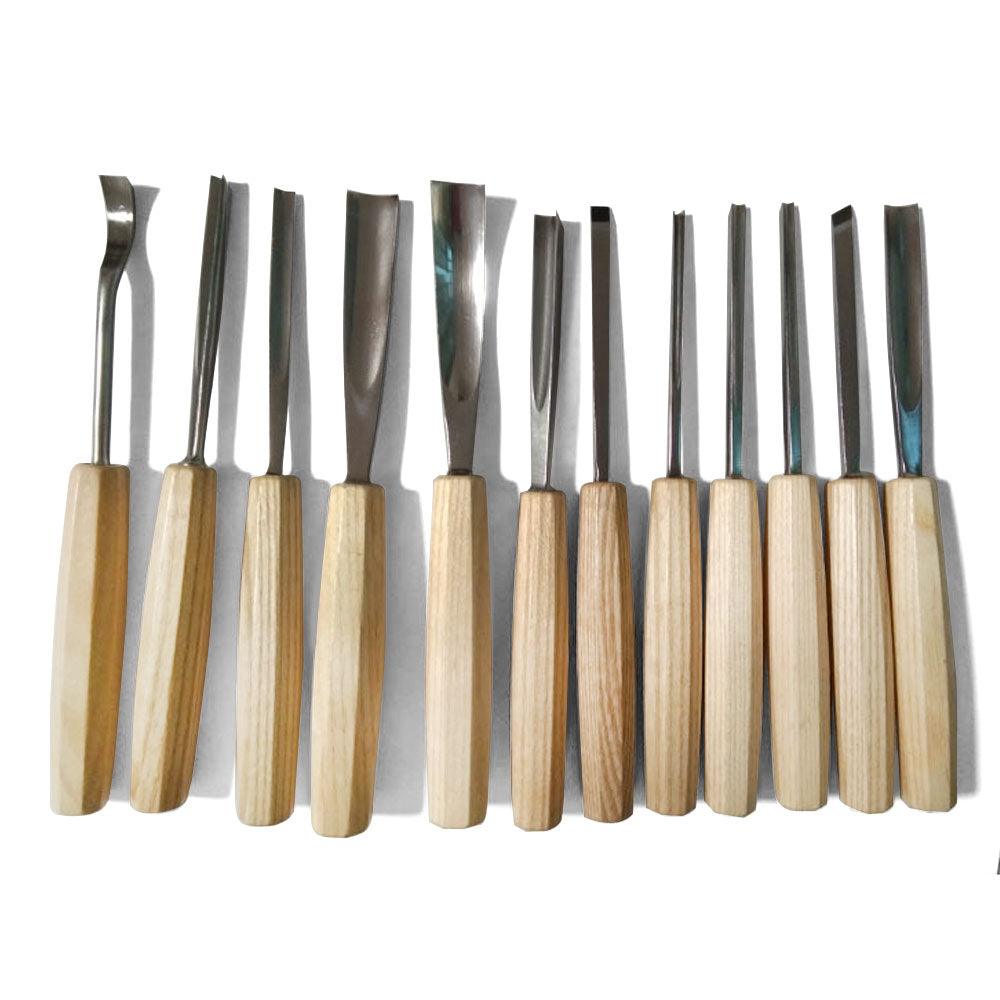What are the best wood carving tools for beginners
For beginners in wood carving, it's important to choose tools that are easy to handle, versatile, and suitable for a range of carving techniques. Here are some of the best wood carving tools for beginners:
1. Carving Knife: A carving knife is an essential tool for wood carving. Look for a knife with a comfortable handle and a sharp, narrow blade. It should have a pointed tip for detail work and a curved or straight cutting edge for general carving tasks.
2. Gouges: Gouges are curved chisels used for shaping and hollowing out wood. For beginners, a set of gouges with different sweep profiles (such as #3, #5, and #7) can provide versatility. Start with gouges in smaller sizes to practice control and precision.
3. Chisels for beginners:
: Chisels are flat-edged tools used for cutting and shaping wood. A set of beveled edge chisels in different widths, such as 6mm, 12mm, and 20mm, can be useful for beginners. Chisels with a sturdy handle and high-quality steel blades are recommended.4. V-Tool: A V-tool, also known as a parting tool, has a V-shaped cutting edge and is used for making decorative lines, lettering, and creating texture in wood carving. It is a versatile tool that can be used for both fine details and broader markings.
5. Mallet: A mallet is a wooden or rubber-headed hammer used to strike the carving tools. It provides additional force and control when working with chisels and gouges. Choose a mallet that feels comfortable in your hand and offers good balance.
6. Sharpening Tools: Keeping your carving tools sharp is crucial for achieving clean cuts. Invest in sharpening tools like sharpening stones or honing guides to maintain the sharpness of your carving knife, gouges, and chisels.
7. Safety Equipment: Safety should always be a priority. Wear safety goggles or glasses to protect your eyes from wood chips and particles. Consider using carving gloves or thumb guards to protect your hands from accidental slips or cuts.
When selecting wood carving tools, it's advisable to start with a basic set and gradually expand your collection as you gain experience and identify specific carving needs. Buying tools from reputable brands known for their quality and durability is recommended to ensure a better carving experience.
Additionally, consider seeking guidance from experienced wood carvers, joining carving communities or classes, and referring to instructional books or online tutorials to learn proper carving techniques and tool usage.
Remember, practice and patience are key to improving your wood carving skills. Enjoy the process and explore different carving styles and projects to develop your own unique carving style.

